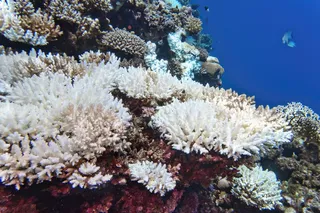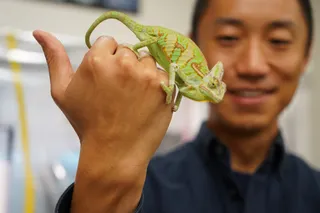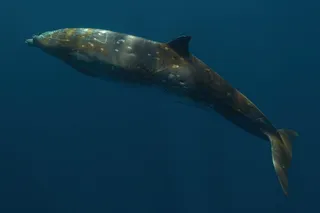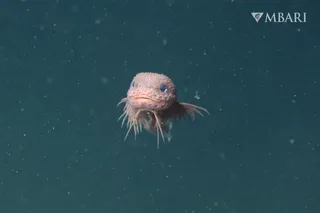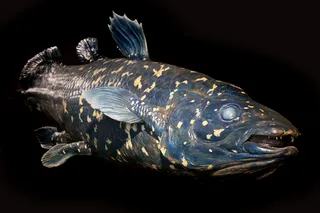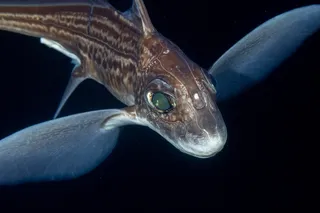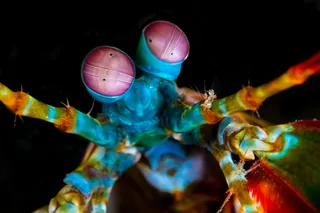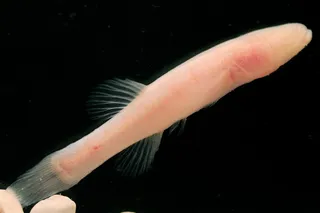The invasion of land by the tetrapods - four-limbed animals that include mammals, reptiles and amphibians - was surely one of the most evocative events in animal evolution. The march onto terra firma began some 365 million years ago and was driven by a suite of innovative adaptations that allowed back-boned animals to live out of water.
Lungs were among the most crucial of these for they allowed the first land-lubbers to extract oxygen from the surrounding air. That ability is so important that it's rare for tetrapods to lose their lungs completely. Until now, the only groups that we know have done so are two families of salamanders and a lone species of caecilian (a type of burrowing worm-like amphibian).
Now, David Bickford and colleagues form the National University of Singapore have expanded that list with the discovery that a species of frog - the Bornean flat-headed frog (Barbourula ...


